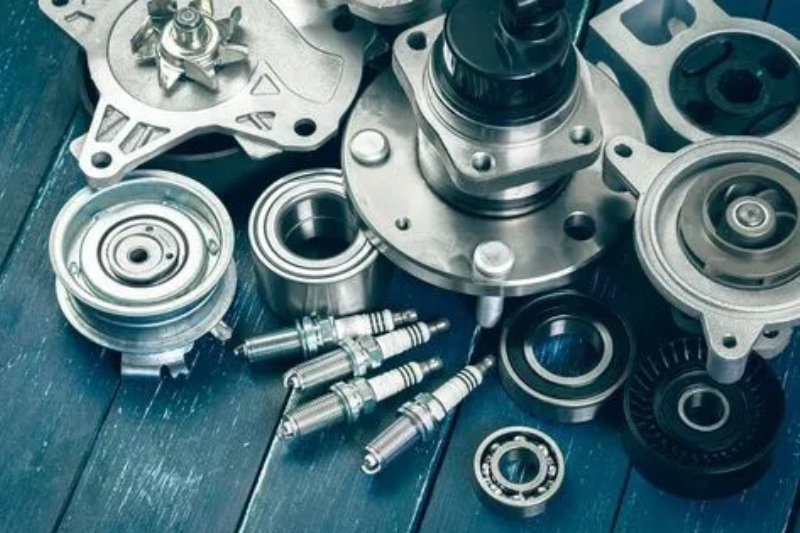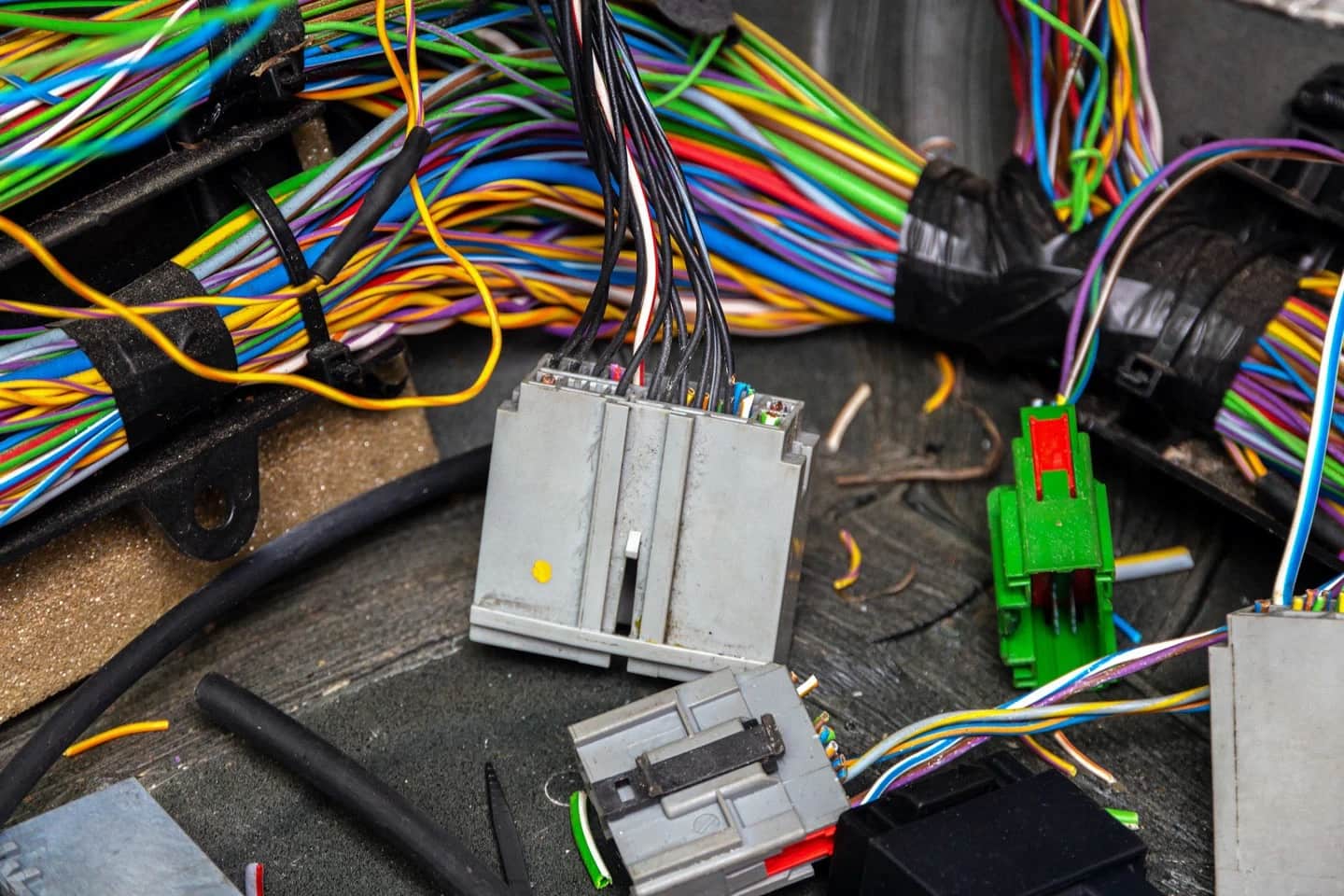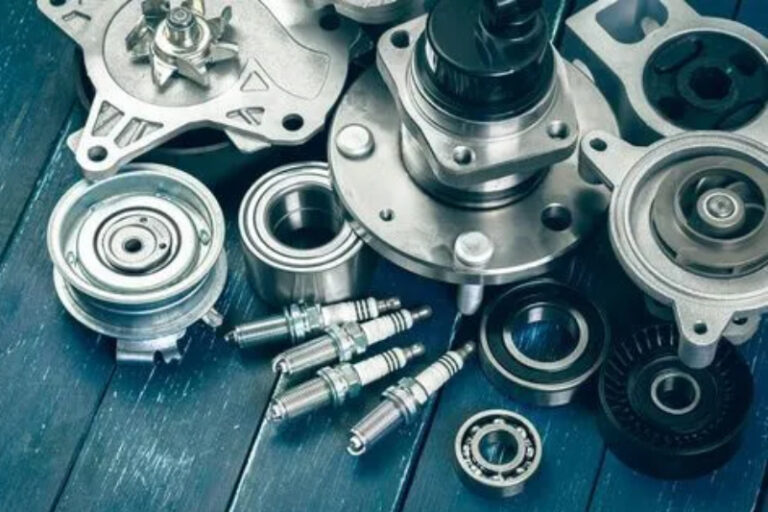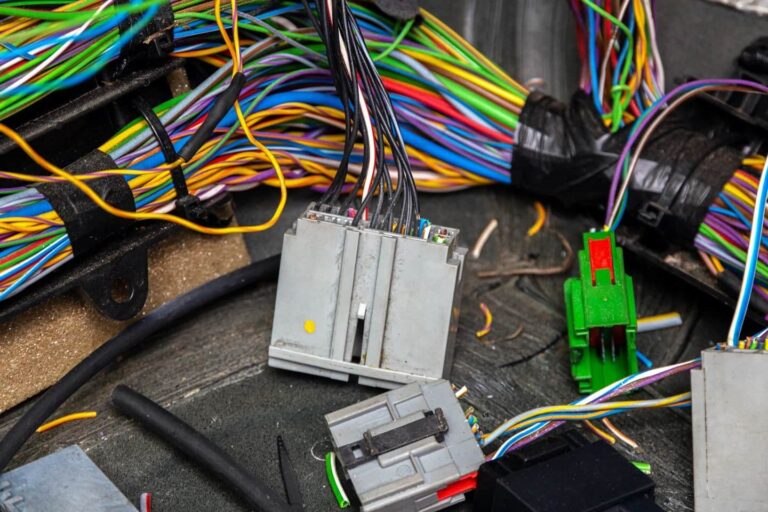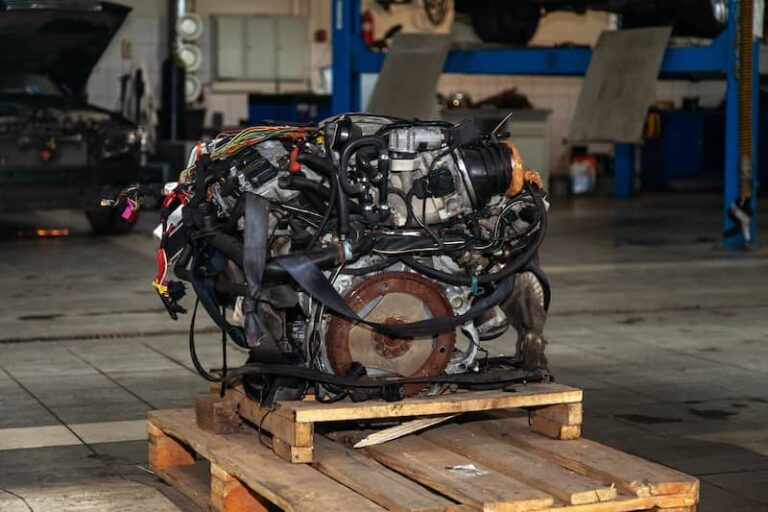Seeing white smoke blowing from your exhaust can be worrying. You might wonder if it’s something serious or just normal condensation. The truth is, it depends on when and how it happens. While a little smoke at startup can be harmless, persistent white smoke might signal deeper engine issues that need attention.
If you’re dealing with this problem and need on-the-spot assistance, you can always chat online with an automotive expert to get quick help and advice.
Let’s look at the five main reasons why white smoke comes out of your car’s exhaust and what you can do about it.
1. Condensation – Harmless White Smoke
If you live in a cold or humid area, seeing white smoke at startup is totally normal. What you’re actually seeing isn’t smoke at all – it’s steam caused by condensation.
When your engine is cold, moisture builds up in the exhaust system overnight. As the engine warms up, this moisture turns into steam, producing thin white vapor that disappears after a few minutes.
This is completely harmless and nothing to worry about. Once your car reaches its normal operating temperature, the exhaust gases will become clear again.
Think of it like breathing out on a chilly morning – you see your breath, but it’s just water vapor. The same happens with your exhaust.
2. Coolant Leak – A Serious Problem
If the white smoke doesn’t go away after your car warms up or you notice it gets worse when you accelerate, you might have a coolant leak. This is one of the most common (and serious) causes of white exhaust smoke.
A coolant leak means the engine’s antifreeze is getting into the combustion chamber and burning along with the fuel. This produces thick, sweet-smelling white smoke.
How It Happens
Coolant leaks typically occur due to:
- A cracked cylinder head
- A blown head gasket
- A cracked engine block
Even a small crack can allow coolant to mix with your engine oil or enter the combustion chamber. Over time, this can cause the engine oil to become milky, lose lubrication, and eventually lead to engine overheating and failure.
Warning Signs
- Persistent white smoke
- Sweet smell from exhaust
- Engine overheating
- Coolant levels dropping without visible leaks
If you notice these symptoms, it’s important to stop driving and get your car inspected by a qualified mechanic. Ignoring a coolant leak can cause irreversible engine damage.
3. Piston Ring or Valve Seal Leak
Another possible cause of white or bluish-white smoke is a piston ring or valve seal leak. These components are designed to keep engine oil and fuel separate. But when they wear out or get damaged, oil can seep into the combustion chamber and burn along with the fuel.
How to Identify It
- Smoke may appear whitish or slightly blue
- You might notice increased oil consumption
- Engine misfires or rough idling may occur
Leaking valve seals or piston rings allow oil to enter areas where it shouldn’t be, causing incomplete combustion and visible exhaust smoke. The result is a light, continuous stream of white or bluish-white smoke.
The Fix
Replacing worn piston rings or valve seals is not a simple DIY task – it requires specialized tools and mechanical knowledge. A professional mechanic can inspect and replace these parts to restore your engine’s performance and eliminate the smoke.
Pro tip: Never remove the coolant reservoir cap while the engine is still hot. Wait until it cools down before checking coolant levels to avoid burns or injury.
4. Bad Fuel Injector
A faulty fuel injector can also cause white or gray smoke from your exhaust. The fuel injector’s job is to deliver the correct amount of fuel into the combustion chamber at the right time. When it malfunctions – especially if it’s stuck open or leaking – it sends too much fuel into the engine.
The excess fuel doesn’t burn completely and exits through the exhaust as white or gray smoke. This not only affects your engine’s performance but also reduces fuel efficiency.
Symptoms of a Bad Fuel Injector
- White or gray smoke
- Rough idling
- Poor acceleration
- Strong fuel odor
The Solution
The simplest fix is to replace the bad injector (or its O-ring if that’s the problem). Since it can be tricky to identify which injector is faulty, mechanics often recommend replacing all injectors if your car has high mileage. This ensures balanced fuel delivery and optimal performance.
5. Incorrect Injector Pump Timing (Diesel Engines)
If you drive a diesel vehicle, the cause of white smoke could be incorrect injector pump timing. Diesel engines rely on precise fuel injection timing for efficient combustion. If the timing is off, the engine may run “rich,” meaning more fuel than necessary enters the combustion chamber.
This unburned fuel exits as white or gray smoke from the exhaust pipe.
Other Signs
- Difficulty starting the engine
- Rough running or knocking sound
- Decreased fuel efficiency
Fixing the Problem
A professional mechanic can recalibrate the injector pump and timing system to ensure the fuel is injected at the correct moment. Diesel engines are sensitive to timing errors, so this adjustment should always be done by a qualified technician.
When to Worry About White Smoke
While condensation is harmless, continuous white smoke, especially if it smells sweet or occurs when accelerating, is a red flag. Ignoring the issue can cause overheating, oil contamination, or even total engine failure.
If your car consistently emits white smoke, it’s time to get it inspected immediately. Sometimes, a simple repair – like replacing a gasket or injector – can save you from costly engine replacements later.
Preventing White Smoke Problems
Here are a few easy ways to keep your engine healthy and prevent white smoke issues:
- Check coolant levels regularly. Low coolant often indicates leaks.
- Inspect oil quality. Milky oil means coolant contamination.
- Schedule regular maintenance. Keep injectors, seals, and gaskets in top shape.
- Avoid overheating. Overheating weakens gaskets and cylinder heads.
Consistent care and early intervention are the best ways to protect your engine and avoid expensive repairs.
Conclusion
Seeing white smoke coming from your car’s exhaust can range from harmless to serious, depending on the cause. While condensation on cold mornings is nothing to worry about, continuous smoke often points to issues like coolant leaks, bad injectors, or worn piston rings.
If the smoke doesn’t disappear after a few minutes of driving or comes with a sweet smell, don’t ignore it – take your vehicle to a mechanic immediately. Diagnosing and fixing the problem early will save you from costly damage and keep your car running smoothly for years.
FAQs
Not necessarily. If it appears briefly on startup and disappears, it’s likely just condensation. Persistent smoke, however, signals a problem.
That’s usually a sign of a coolant leak into the combustion chamber, often caused by a blown head gasket or cracked cylinder head.
You shouldn’t. Continuous white smoke could mean internal engine damage. Driving could worsen the issue and lead to costly repairs.
Coolant burning in the engine creates thick, white smoke with a sweet, syrupy smell.
It depends on the cause. It might be as simple as replacing a fuel injector or as complex as repairing a blown head gasket. Always consult a mechanic.



